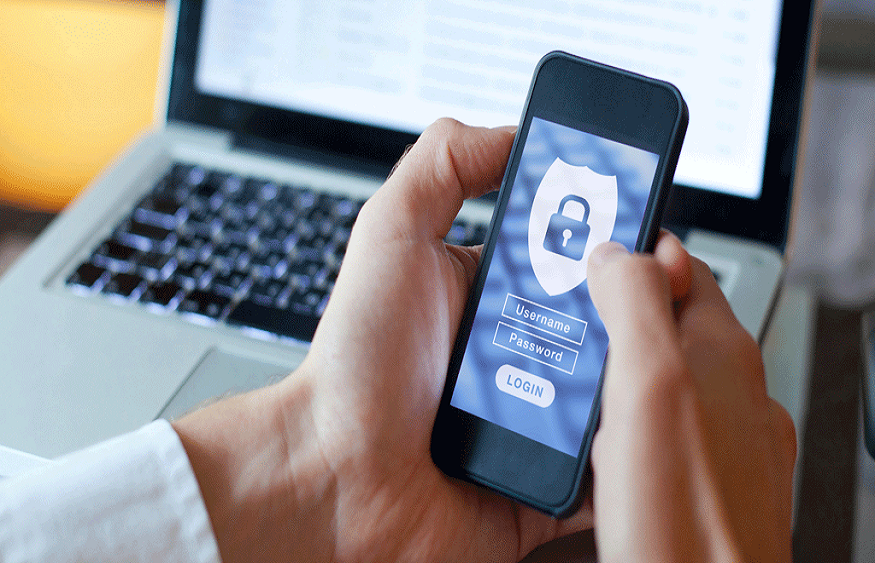So, even if some will consider it appropriate for them to return to disposable prepaid phones and cash payments, the majority of us will probably prefer to remain reasonable in the countermeasures to be put in place.
smart phone table
Doing without a smartphone remains the most effective way to escape data collection. © Przemyslaw Marczynski via Unsplash.com
Another thing: to be interested in ways to protect your data is to open a Pandora’s box. Far be it from us to arouse paranoid feelings in you. So just write it down: there will always be something more to do. There will always be a better app to use, which guarantees a stronger level of encryption, always a more reliable VPN provider , always an OS whose locks in place offer better privacy guarantees. Let it be said: we are about to play an endless game.
As infinite as it is, this game is not devoid of interest, because putting in place protection mechanisms is galvanizing in more ways than one. First, it helps to realize, at the individual level, the extent of data collection. Then, the parts of our life that we want to keep secret become even more clear in the light of all those that we have already let slip.
First step: sorting
If the collection of our personal data is so massive today, it is because the Internet is a space where we are constantly asked to register. Creating an account to access an online service has become as routine as checking emails. However, multiplying accounts on the Internet means multiplying the acquisition channels of our dear personal data by trackers .
A habit that also poses serious security problems for Internet users. How many of us have created an account in a hurry, simply to access content, without having taken care to create a sufficiently strong password? Or worse, using the same password as on other accounts?
The first step to regaining control of your data will therefore require the use of paper, a pencil and, above all, patience. It will be a question of listing all the online services on which you have one day registered, and to decide if, from now on, this service is still useful to you. If the answer is yes, a good practice would be to log in there, update your password and especially activate two-factor authentication if it is available.
For this task, the most practical is to use a password manager – which will completely chew your work and do you great service later. Also think about having a look at haveibeenpwned.comand fill in your email address(es). This tool will let you know if they have already been compromised during data leaks.
There are a plethora of password managers on the internet. Today, most are available on all possible and imaginable platforms, which greatly facilitates their use and their benefits.
If many proprietary solutions exist ( LastPass , Dashlane , 1Password …), we will favor here (and throughout this file) open source and free alternatives. In the circle of ” privacy “, two names clearly stand out: BitWarden and KeyPassXC.
Available via an official application as well on desktopthan on Android or iOS, BitWarden has our preference. This manager makes it possible to create unique passwords or phrases, to facilitate their entry during navigation, and has two-factor authentication. Regularly updated, open source and free, the application also allows you to secure confidential notes which, like the entire contents of your safe, are encrypted in AES-256 bit for maximum security.
For sites and services that you no longer use, it is recommended that you delete or request the deletion of your account in order to have peace of mind.
Since the adoption of the General Data Protection Regulation (GDPR) in 2018, many sites have made it easier to delete a customer account. If this is not the case, you will need to contact the site editor by email to request the deletion of your account and the data linked to it. The

